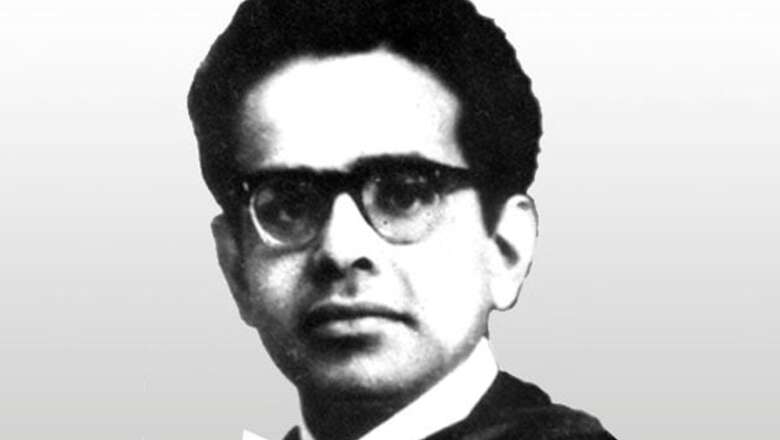
views
New Delhi: Robert Edwards of Britain won the 2010 Nobel Prize in medicine for the development of in-vitro fertilization, a ground-breaking process that has helped many couples over the last two decades have children.
While Edwards was working towards his dream - creating the world’s first in vitro fertilized or test tube baby - a physician in India was working on the same subject but the odds were piled heavily against him.
Bengali doctor Subhash Mukhopadhyay was two months late in announcing the birth of Durga or Kanupriya Agarwal - India’s first test tube baby created by him on October 3, 1978.
While Edwards, professor emeritus at University of Cambridge, was lauded for his efforts, Mukhopadhyay was fighting a hostile state government that rubbished his findings. Ridiculed and ostracised, Mukhopadhyay was also not allowed to publicise his work in the international arena.
He was invited by the Kyoto University in 1979 to present his findings during a seminar in Japan but denied a passport by the Indian government. The depressed physician committed suicide in 1981.
Here are some facts about the man considered the father of India’s IVF research, who remained unsung during his lifetime but inspired many physicians after his death to bring his life and work to the public domain.
So who was Dr. Subhash Mukhopadhyay?
Born on January 16, 1931 in Bihar, Mukhopadhyay studied medicine at the prestigious National Medical College in Kolkata. He received his doctorate from Calcutta University in reproductive physiology in 1958. He obtained a second doctorate from Edinburgh in reproductive endocrinology.
He was noted for his work on ovarian stimulation - he used the protocol successfully on Durga’s mother even before any scientist in the world had resorted to the method.
He was also successful in his methodology of cryopreservation of a eight cell embryo.
However, the news of the birth of Durga, the world’s second test tube baby, was met with disdain and skepticism by his peers.
The only evidence of his work was a report he had prepared for the West Bengal government facing an enquiry. He was questioned by a government committee several times and his work was discredited as “bogus”.
What went against Dr. Mukhopadhyay then was the fact that no physiological or biochemical technique could distinguish between in vivo and in vitro fertilised babies.
He was transferred to the ophthalmology department of Calcutta Medical College in 1981 and prevented from completing his work on IVF.
Mukhopadhyay had no documented evidence and the credit for bringing his work to the public domain is largely given to Dr. T C Anand Kumar who was recognized officially as the first to deliver a test tube baby in 1986.
Kumar went through Mukhopadhyay’s notes and credited the doctor posthumously for his pioneering work.
Medical scientists opine that had Mukhopadhyay been allowed to publish his work and given adequate government funds and infrastructure to complete his research, he would have been recognized as the pioneer in in vitro fertilization process, hopefully paving the way for a Nobel prize in medicine such as his precursor Edwards.
The Indian Council of Medical Research in 2005 acknowledged Mukhopadhyay as the creator of India’s first test tube baby.
Filmmaker Tapan Sinha, who was deeply impressed by Mukhopadhyay’s work, based his award-winning film ‘Ek Doctor Ki Maut’ on him.




















Comments
0 comment